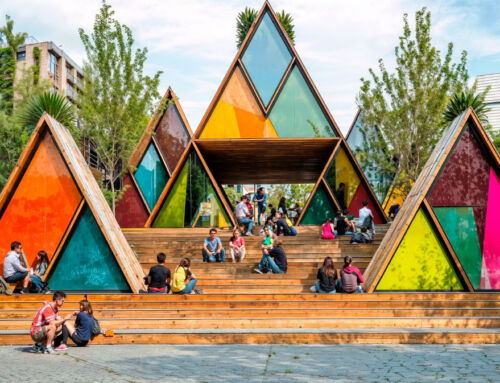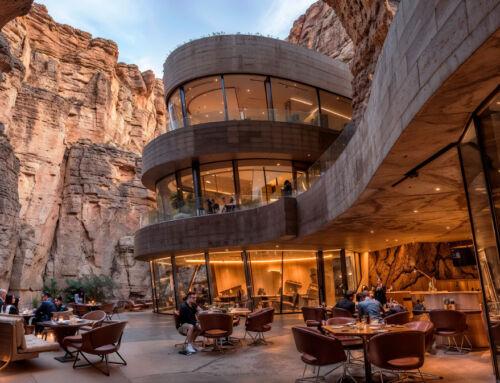Most built-up areas are currently spread over impervious surfaces. Only green areas are permeable to rainwater. This has two interrelated consequences:
- Rainwater does not infiltrate into the ground, so it is not stored in the subsoil and is lost for future use.
- Most of the rainwater becomes runoff water, which requires collection through stormwater and drainage networks and subsequent transport to treatment plants.
However, there is an option under construction that makes it possible, on the one hand, to make the most of the rainwater and, on the other, to reduce runoff water, so that the infrastructures for its drainage are smaller in size. To this end, we propose a structure composed of several layers of porous soils susceptible to infiltration:
- A permeable surface layer, such as a vegetation cover or a porous pavement in case it is necessary for the soil to be paved.
- The second layer would consist of a layer of medium-thickness coarse sand.
- Thirdly, a layer of larger gravel. This is the layer whose function would be to collect infiltrated water. In the lower part of this stratum, drainage pipes are installed to take the water to wells, tanks, etc. From these it will be pumped for use.
- The last layer is a sheet of impermeable geotextile or clay, which would act as a water container.
In this way, we manage to store the rainwater and use it later for irrigation, street washing or other uses.
By Luis Llor, hydraulic engineer in Amusement Logic’s Architecture Department.
Share This Story, Choose Your Platform!








